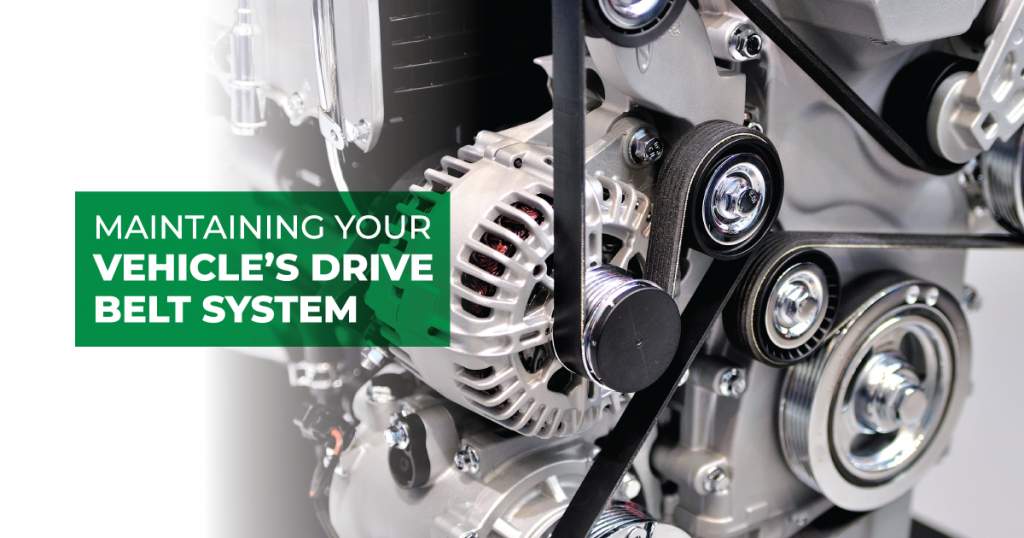Your car has a series of drive belts that ensure critical operation of your car’s engine. There are two main “shafts” in your engine, the Crankshaft, and the Camshaft. The timing belt connects these two shafts and makes them turn together at the right sequence. This ensures that all the other engine components like piston and valves are synchronized at right “time” based on the engine’s firing order. Apart from the timing belt, there are several auxiliary belts that feed off the crankshaft pulley to support the power steering pump, alternator and the air conditioning compressor.
What happens when it snaps?
The timing belt is made of rubber and after a lengthy period of operation in hot and humid conditions, it eventually rot and disintegrates apart. The result is your vehicle seizes as it will not start until the engine is “re-timed”, and the belt replaced. Some engines have a very close fit between the top of the piston and the bottom of the valve when the timing belt breaks, the valves stop moving.
Some of them are in the down position, and the piston, not aware of the valve’s predicament comes flying up and smashes into the valves. The valve gets all bent out of shape and the result is loss of compression in the affected cylinder. The cost of replacing the valves and a cracked piston head is astronomical as it involves replacing of the valves, pistons and other related components. Similarly, when one of the auxiliary belts snaps, the result is inoperability of the affected system e.g. when the air conditioning (A/C) belt snaps, the compressor will not be able to cool down the cabin as recirculation of the air conditioning gas is dependent on the functioning of the compressor.
Replacing the drive belts
It is important to ask your mechanic to check the condition of your vehicle drive belts every time you go for service. If your car is almost approaching the 100,000KM mark then start planning for a new timing belt, to avoid costly engine rebuilds.
The standard interval for timing belt replacement is every 100,000KM. Even if you don’t drive much, you should replace it every 6 to 8 years because age and dry rot will weaken it just as much as mileage and use. Today, new materials are used and sometimes they can go 150,000 KM or more. Be careful to replace the belt with genuine parts specified by the manufacturer as counterfeit parts do not offer safe guarantee of operation, it may snap without warning.
Although belt life may vary depending upon driving and temperature conditions, among other factors, these manufacturer guidelines are a good place to start in determining when to change your timing belt.
Sometimes the belt tensioners may become loose with time, during the belt check, ask your mechanic to tighten any loose belts, grease any bearings plus check the overall condition of the timing belt.
